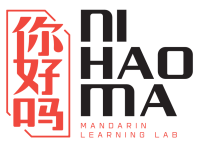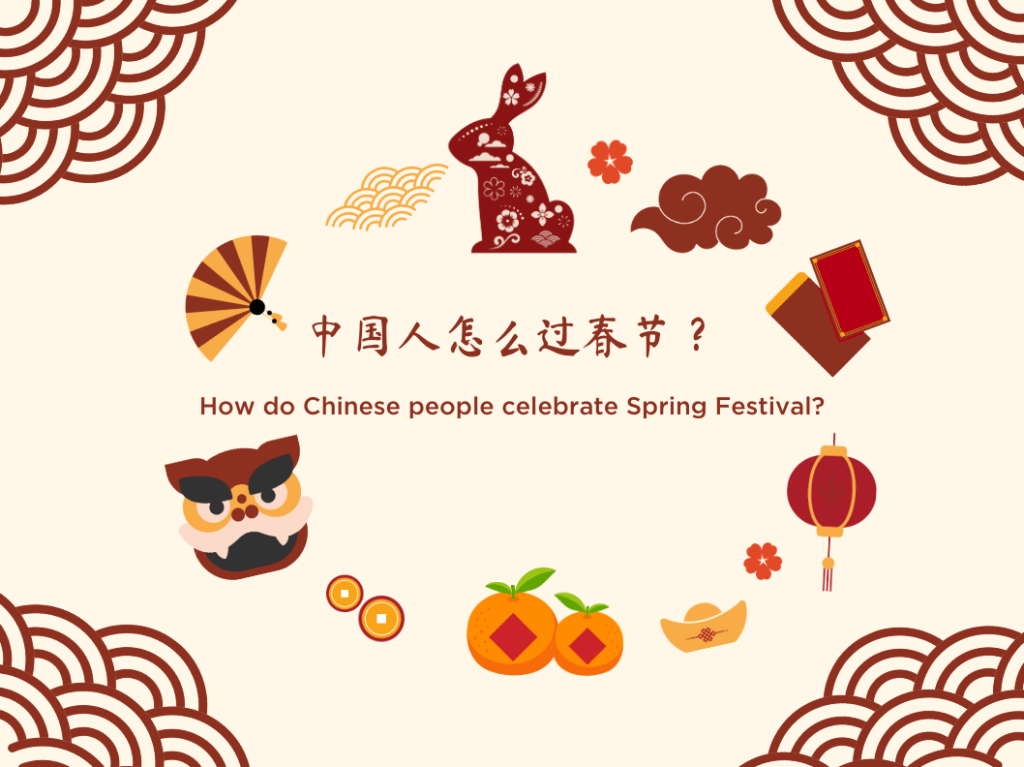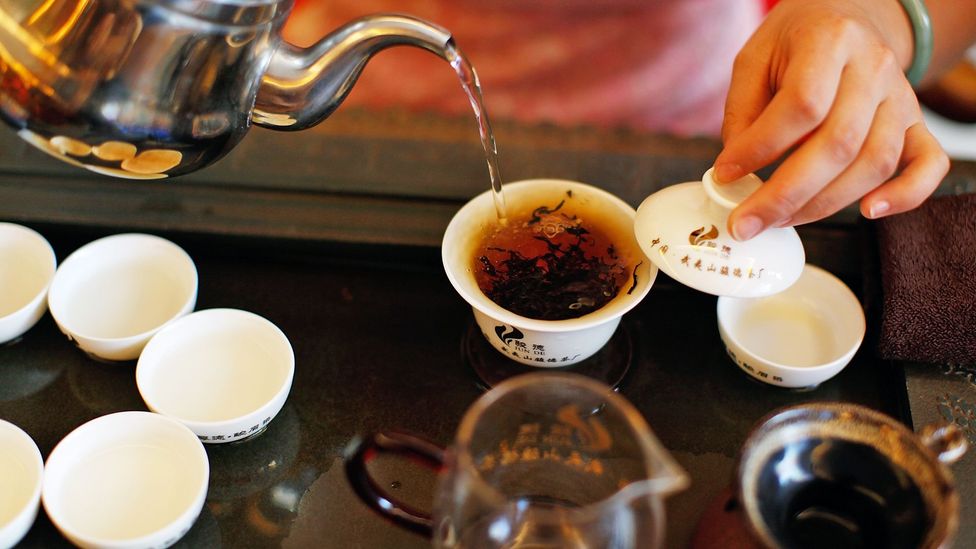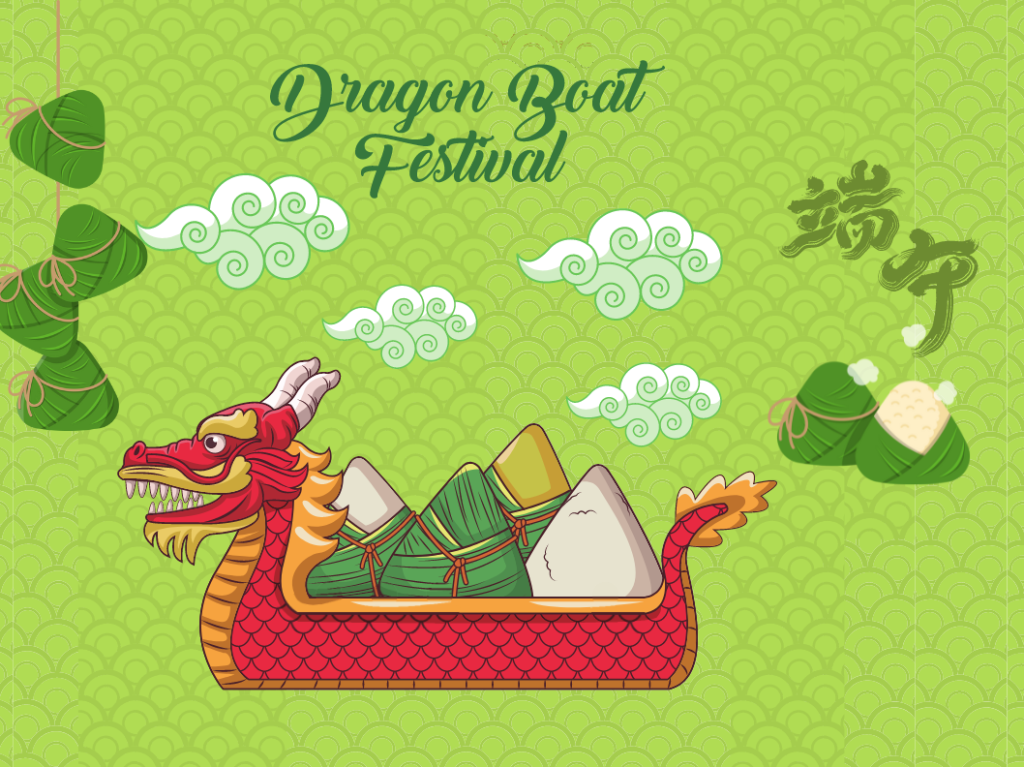Lunar New Year is the most widely celebrated holiday of the year by Asian community all over the world. Each country and individual has different ways of celebrating. Let’s discover some interesting traditions and customs around some Mandarin – speaking – countries.
In China, people eat traditional food that is made using flour like baos, pancakes, noodles, and dumplings – dumplings are served with fish – as it symbolizes abundance for the year ahead.

With an approximately 75% Chinese population, Lunar New Year is also celebrated quite loudly in Singapore. The Chingay parade – an annual street parade with giant floats to lion dancers is held to worship and enjoy with the deity, is a part of Chinese’s new year tradition.

In Malaysia, yee sang – an important dish of the Lunar New Year celebrations in Malaysia as well as Singapore, commonly known as the “prosperity salad” with carrots for good luck, radishes for fortune, and cucumbers for health. It is believed to bring good fortune and wealth to those who toss it up.

Using sharp items, like knives and scissors, during the Lunar New Year holiday is said to bring bad luck, according to a folklore in some Taiwan’s households. Some people also make an effort to avoid using any inappropriate language since they believe that doing so will bring bad luck.

In Vietnam, the Lunar New Year or also known as Tet. On New Year’s Eve, each family will gather together to make banh chung and banh giay – a cake that symbolizes heaven and earth, with sticky rice cake, and pork, and green bean filling inside. This is also considered the most important family reunion of the year.




